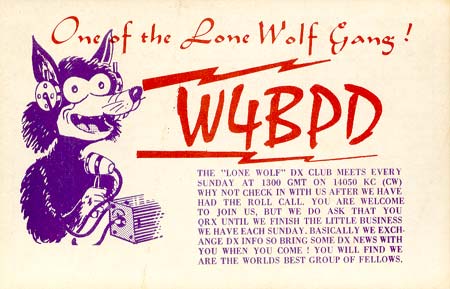

W4BPD 1970's Cordova, South Carolina
The origional Gus Browning home town card
A certain W4 had a bright idea one
day after signing his call over and over trying to break the
pileup for Gus. A piece of 2X2 about 16" long with pieces of
thin calibrated copper strip cemented at strategic intervals and
an insulated test probe used as a strobe and presto, you have one
of the world's first call signers. By moving the probe across the
surface of the "Gus Stick", one could get pretty darn
good sounding CW. Move the probe slowly and you get slow CW; move
it quicker and you get higher speeds.
Another W4 went a step further and manufactured and sold for a
time, a similar device which amounted to a printed circuit on a
glass-epoxy substrate.
Even before these, I (W8UCI then), built an IC version using
Texas Instrument DTL circuits. My design had a potentiometer
which varied the clock speed and thus the CW speed. I could sign
my call all day long if need be to break the pileups! Those were
the days.
73, W8GF



Gus had complete stations for
each band and amps from 80 thru 10 meters. Preference of antennas
was rhombics and sterba curtains.
He had equipment also for 50 and 144 Mhz. Gus was a master
builder.
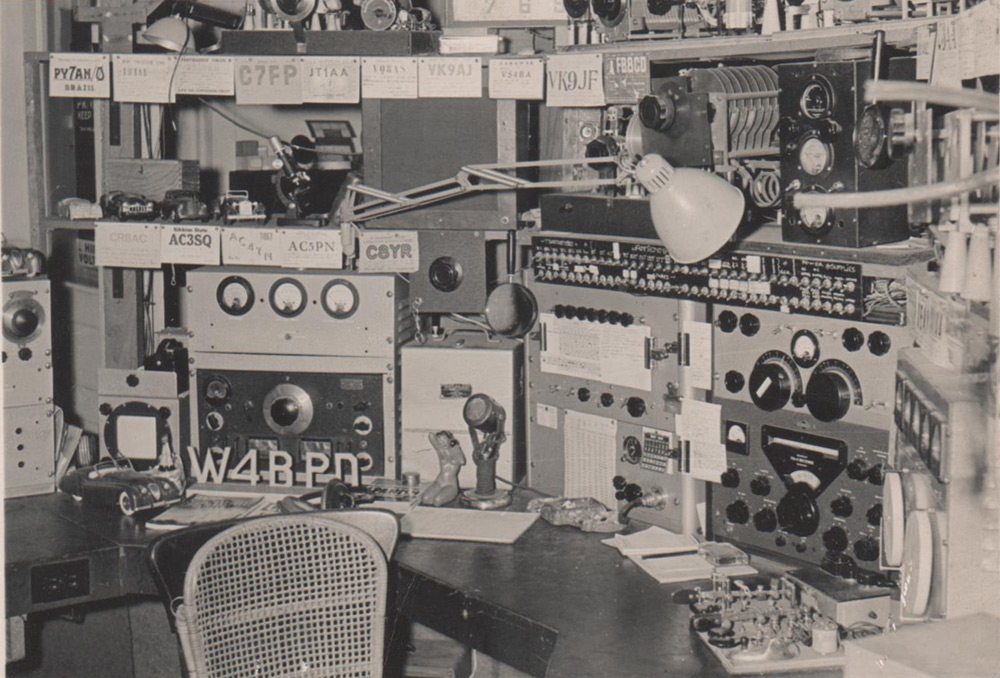

Gus W4BPD, John W4AUL
John visited Gus in Orangeburg, SC.
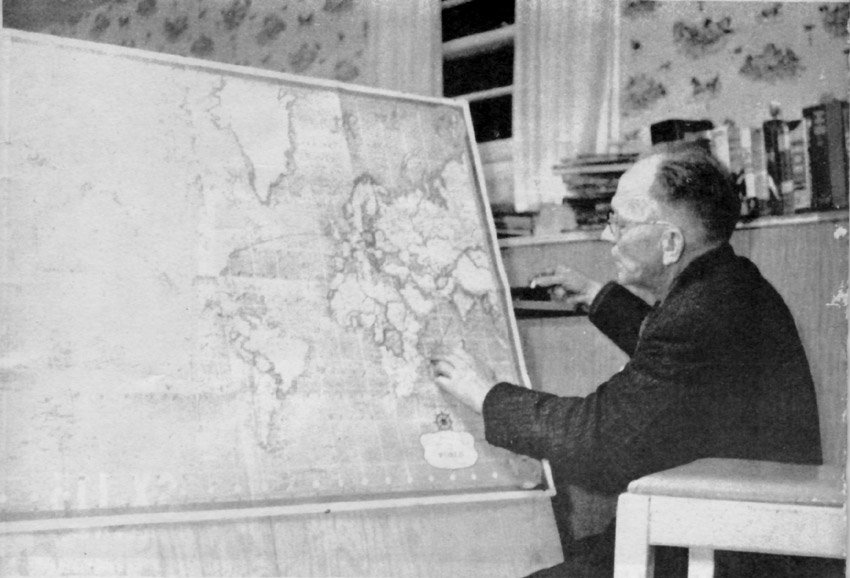
Gus lookin at the map around
Aldabra Islands
Gus was given a "bon voyage" party in March 1962 at the
home of Paul Tissot K2DCA.
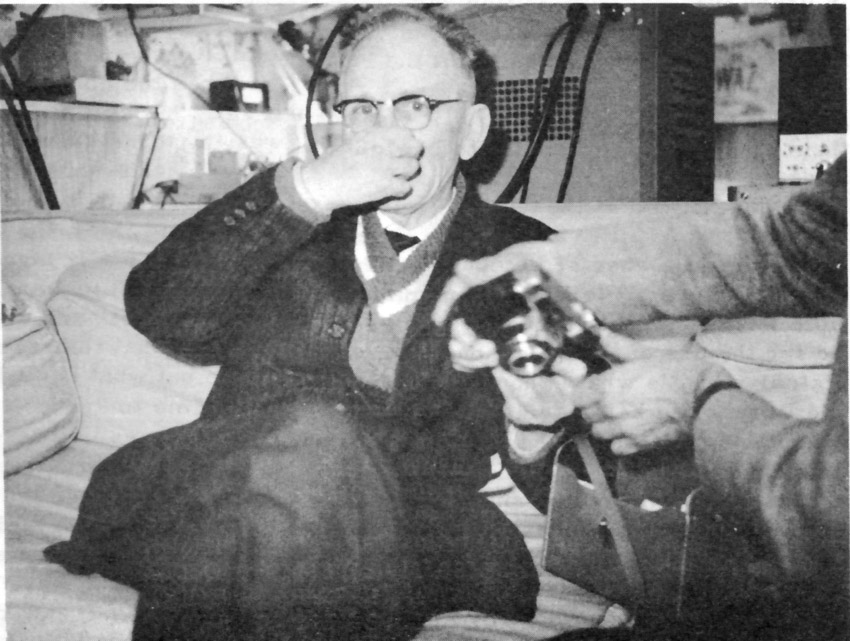
Gus at the K2DCA party!
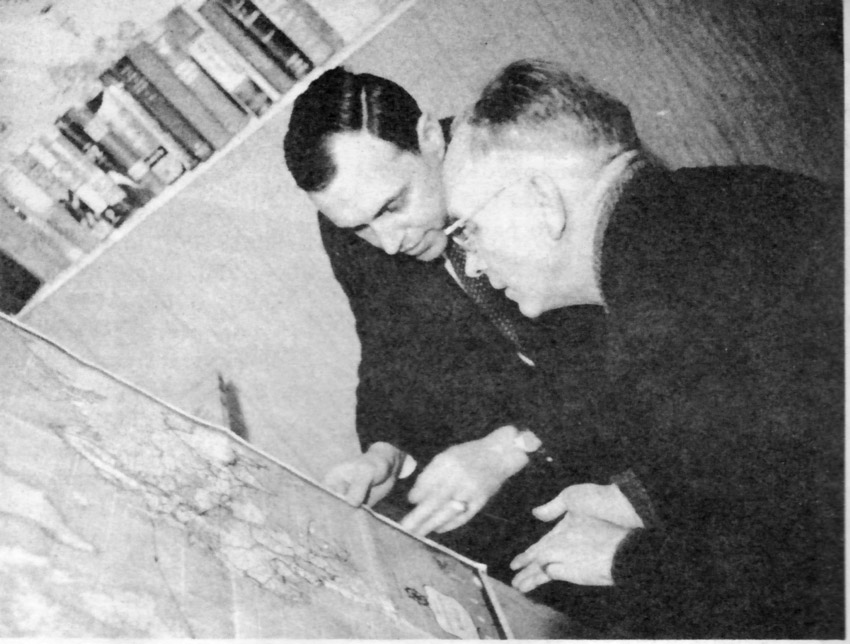
Paul K2DCA, Gus W4BPD looking
for exotic places!
They discuss the problem of getting a boat out of Agalega for
Chagos.

The MARK IV DX ASSN (less Bob,
W2FXN).
K2OEA, K2DCA, W4BPD, W2ZX
QSL courtesy of K8BHG
Info courtesy of W8GF
More info on Gus by W8SU
1 st Photo from January 1947 QST
Used with permission of ARRL
2nd photo NL7XM Collection
3rd photo from Don Chesser W4KVX DX Magazine #154, January 13,
1962
Photos 4,5,6,7 from Don Chesser W4KVX DX Magazine #161, March 31,
1962
Photos 4,5,6,7 sent to magazine by Dale Kentner W2ZX
Closeup hamstation photo courtesy of VE7SV